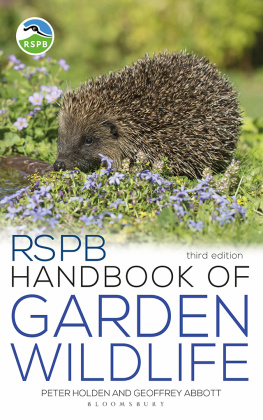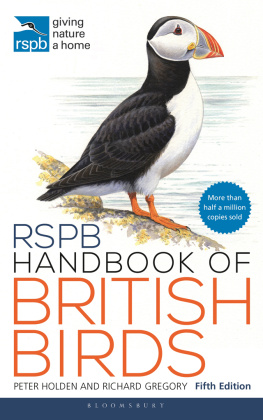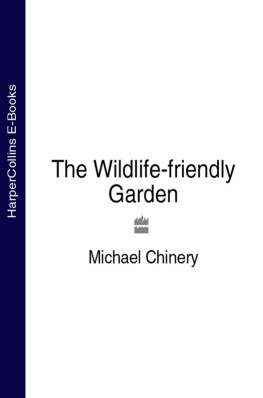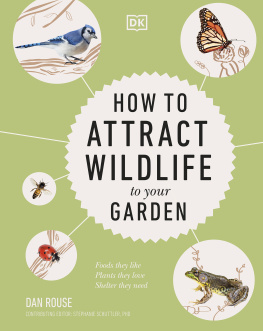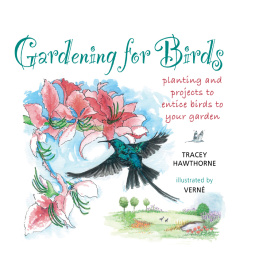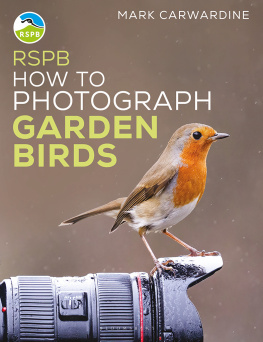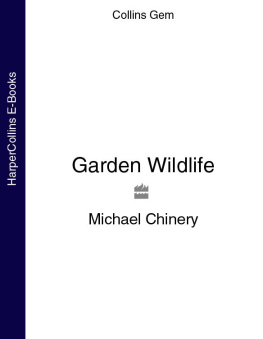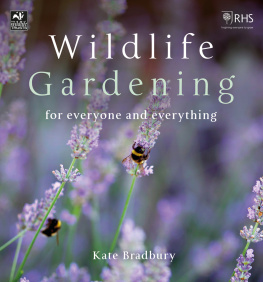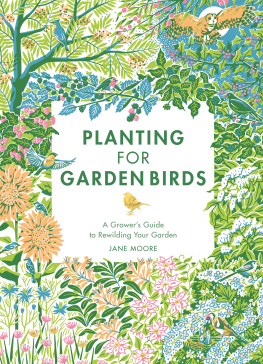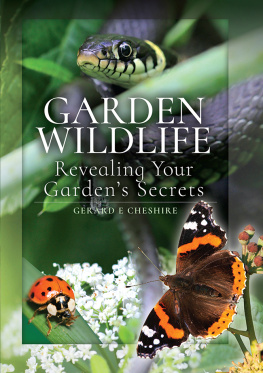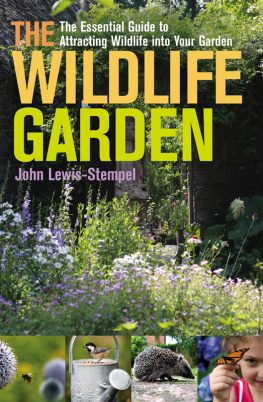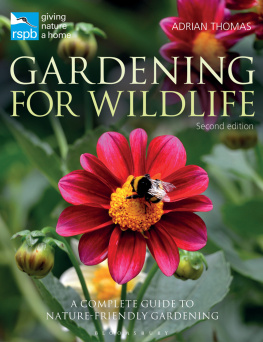
BLOOMSBURY WILDLIFE
Bloomsbury Publishing Plc
50 Bedford Square, London, WC1B 3DP, UK
29 Earlsfort Terrace, Dublin 2, Ireland
This electronic edition published in 2023 by Bloomsbury Publishing Plc
BLOOMSBURY, BLOOMSBURY WILDLIFE and the Diana logo are trademarks of Bloomsbury Publishing Plc
This edition published in the United Kingdom 2023
Text Peter Holden MBE and Geoffrey Abbott 2023
Photos 2023 as
Peter Holden and Geoffrey Abbott have asserted their rights under the Copyright, Designs and Patents Act, 1988, to be identified as Authors of this work.
All rights reserved
You may not copy, distribute, transmit, reproduce or otherwise make available this publication (or any part of it) in any form, or by any means (including without limitation electronic, digital, optical, mechanical, photocopying, printing, recording or otherwise), without the prior written permission of the publisher. Any person who does any unauthorised act in relation to this publication may be liable to criminal prosecution and civil claims for damages.
A catalogue record for this book is available from the British Library.
Library of Congress Cataloguing-in-Publication data has been applied for.
ISBN: 978-1-3994-0324-5 (PB)
ISBN: 978-1-3994-0325-2 (eBook)
ISBN: 978-1-3994-0327-6 (ePDF)
Designed by Austin Taylor
To find out more about our authors and their books please visit www.bloomsbury.com where you will find extracts, author interviews and details of forthcoming events, and to be the first to hear about latest releases and special offers, sign up for our newsletters.
Published under licence from RSPB Sales Limited to raise awareness of the RSPB (charity registration in England and Wales no 207076 and Scotland no SC037654).
For all licensed products sold by Bloomsbury Publishing Limited, Bloomsbury Publishing Limited will donate a minimum of 2% from all sales to RSPB Sales Ltd, which gives all of its distributable profits through Gift Aid to the RSPB.
Contents
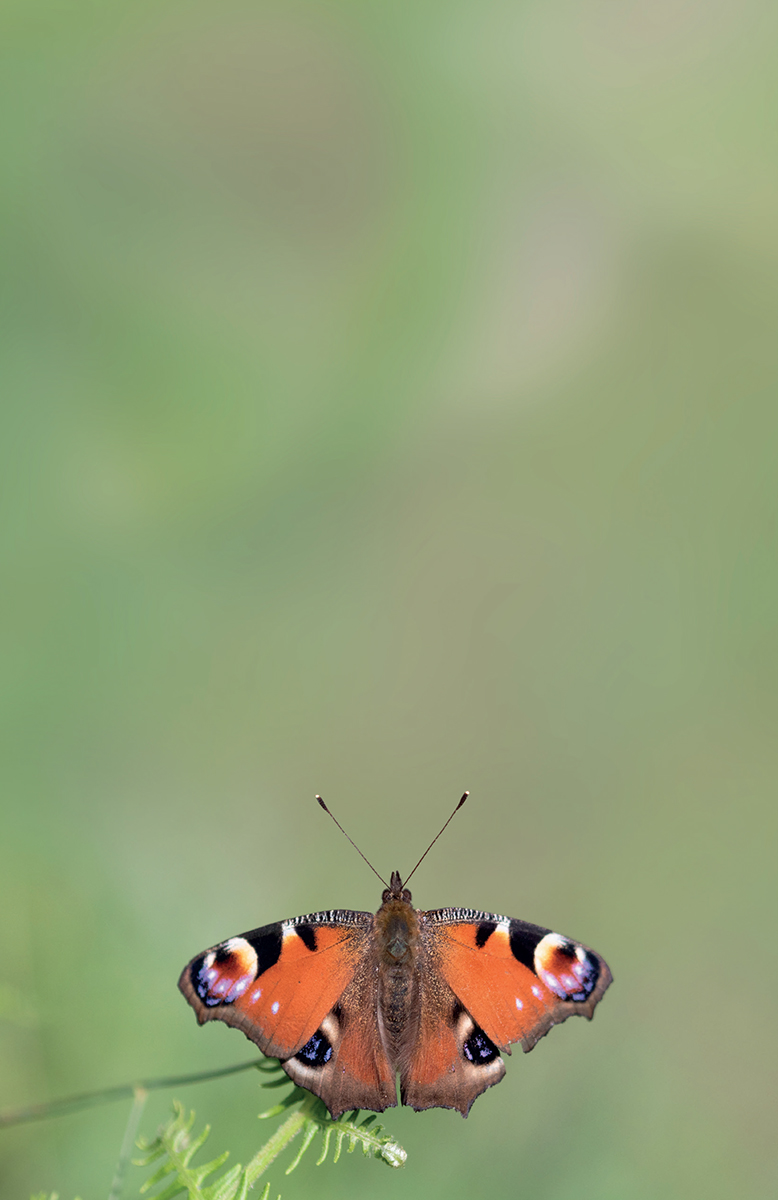
Producing a book like this requires the time and commitment of a large number of people to bring an initial idea to its natural conclusion. We are grateful to both Bloomsbury and the RSPB for listening to our ideas and sharing our vision, and thanks also to all those who advised on the selection of species and helped choose some stunning photos.
This edition has benefited from the people who contributed to the first two editions and in addition our editor, Jenny Campbell, and the designer, Austin Taylor. Throughout the production of all three editions Julie Bailey has been our guide and mentor and brought her extensive knowledge of natural history publishing to this volume.
Once again we thank our respective families for their forbearance in allowing us to negotiate our way around family commitments as we gathered the material and kept to our deadlines.
We have drawn on numerous sources of information. Lifelong personal wildlife observations have been augmented by reference to many existing books, journals and scientific papers to ensure the material we have presented here is both accurate and up to date. We are thankful to field naturalists both past and present who have published their material and made it available to the world at large.
For readers who would like more information, there are a great number of books specialising in individual topics that are very accessible, particularly those published by Bloomsbury and the Collins New Naturalist series. In addition, the Plantlife, Butterfly Conservation and RSPB websites are especially recommended.
Peter Holden and Geoffrey Abbott
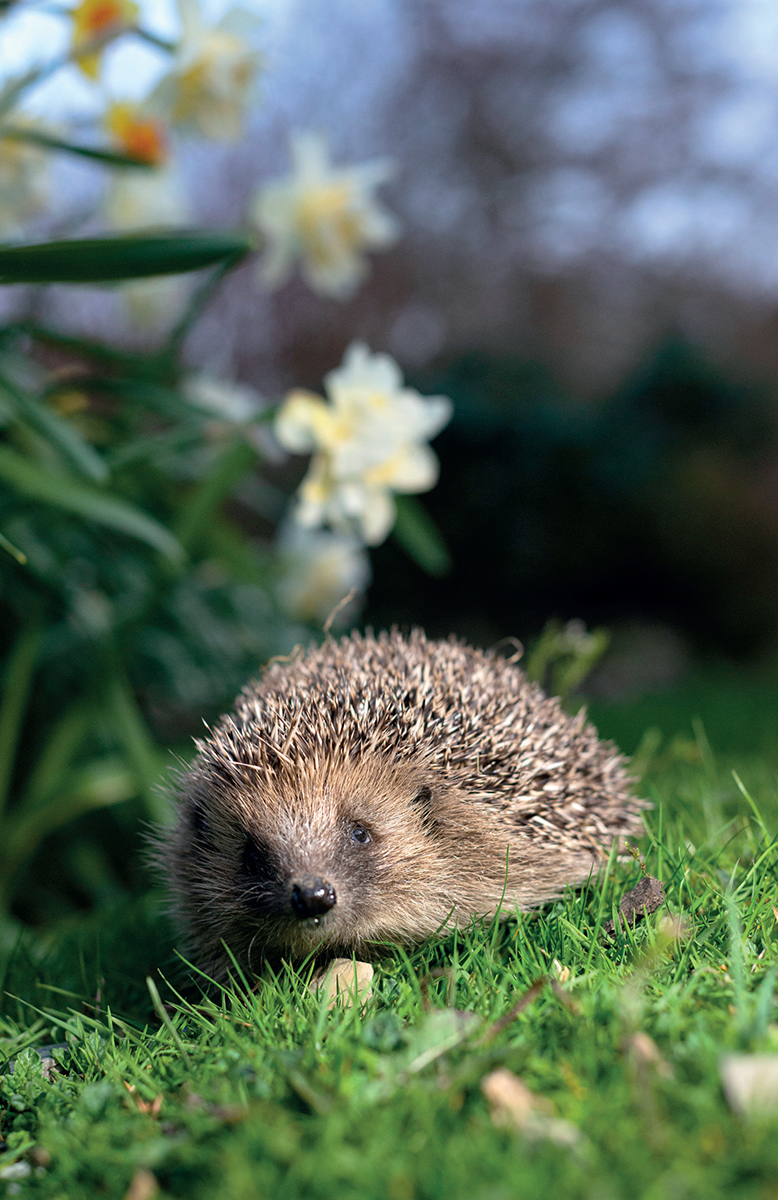
Gardens are a vital resource for wildlife and a major contributor to biodiversity. You dont need a grand space in the countryside or an affluent suburban plot you can transform even the tiniest urban areas into a wildlife haven and provide nesting, resting and feeding sites for a plethora of fauna and flora.
Although gardens have existed since the time of the Romans, the private household garden, as we know it, is an invention from the Victorian era. It is estimated that 87 per cent of UK households now have a garden. Thats almost 23 million gardens and, according to a Royal Horticultural Society estimate, equates to more than 270,000 hectares. No garden is too small, insignificant or urban to make a difference. Even a small patch of wilderness is a veritable jungle to an invertebrate. Returning a tiny portion of your garden to nature impacts the planets health and all its inhabitants, including us. Imagine the patchwork of biodiversity-rich habitats connecting the nation in a contiguous national nature reserve wed create if we all did that.
As a child, my garden in urban north-west London was my sanctuary: the place I retired to when I finished school, when I was upset, when I needed solitude, when I was with friends, and, most of all, when I just wanted to be close to nature. The first nature reserve I ever visited was the garden at my family home. It encompassed several different habitats that eventually covered large tracts of the garden well, they seemed large to my young mind. I was warden, curator, architect and chief cat-scarer of my managed natural domain. Initially, I created a small rockery near the back door where I re-housed all the creepy crawlies I could find, sometimes with unintentionally devastating consequences. Too many spiders close to potential prey was not a good idea!
I commandeered the apple tree to hang all manner of dodgily constructed homemade bird tables and peanuts in cheap plastic bags bought at the local corner shop with hard-earned pocket money. I would spend hours with my butterfly net trying to catch anything that moved within my little wilderness. Over the years, I realised the importance of gardens for Britains wildlife and flora, and I am glad that Geoffrey Abbot and my friend Peter Holden collaborated to produce this superb updated edition of the RSPBs Handbook of Garden Wildlife. It is a compendium of great ideas for making your garden irresistible to wildlife and a place of tranquillity and beauty, regardless of location or size. We Britons love our gardens and take pride in making them a reflection of ourselves. I love how Thomas More beautifully summed up what gardens mean to us in his book Utopia: the soul cannot thrive in the absence of a garden.
I despair when I view front gardens that look like concreted-over car parks. When I look out the window as I ride on the overground, I practically weep when I see back gardens patioed over with sterile wooden slatted fences to mark out territories, separating and dividing. Gardens may differ in design, but its heartbreaking how many offer no opportunity for anything other than a few ants to survive. The current fashion is the rolling out of fake plastic grass. A personal bugbear of mine, artificial grass is as inviting to wildlife as chainsaws to a virgin forest.
I hope anyone considering adorning their backyard with lifeless AstroTurf or concrete patio blocks will look at this book and be inspired to contribute to the planet by designating a tiny corner of their garden to nature. And I hope those who already realise the many benefits that wildlife gardening brings for wildlife and our mental health will take ideas from this book and enjoy introducing them to their own corner of the planet.

